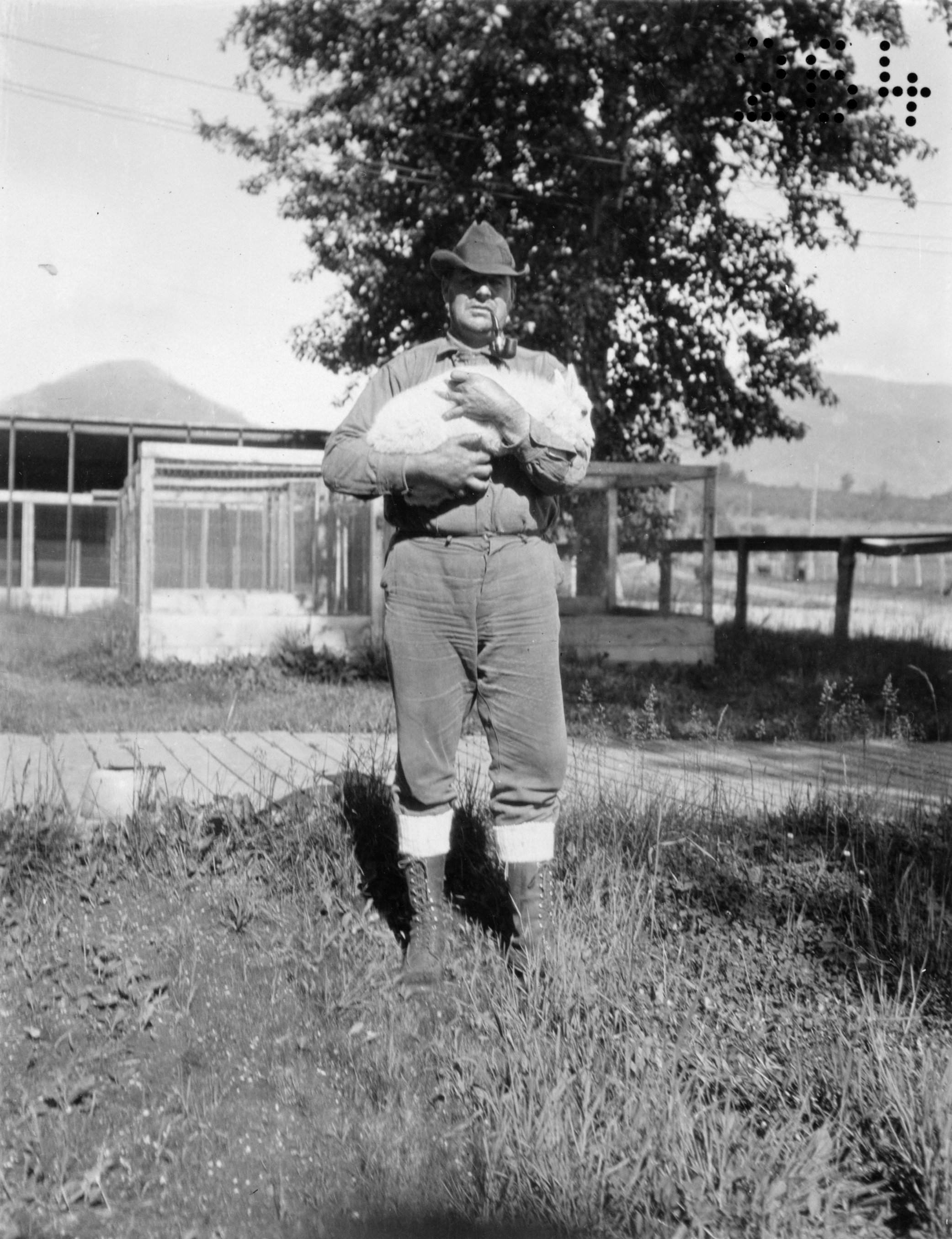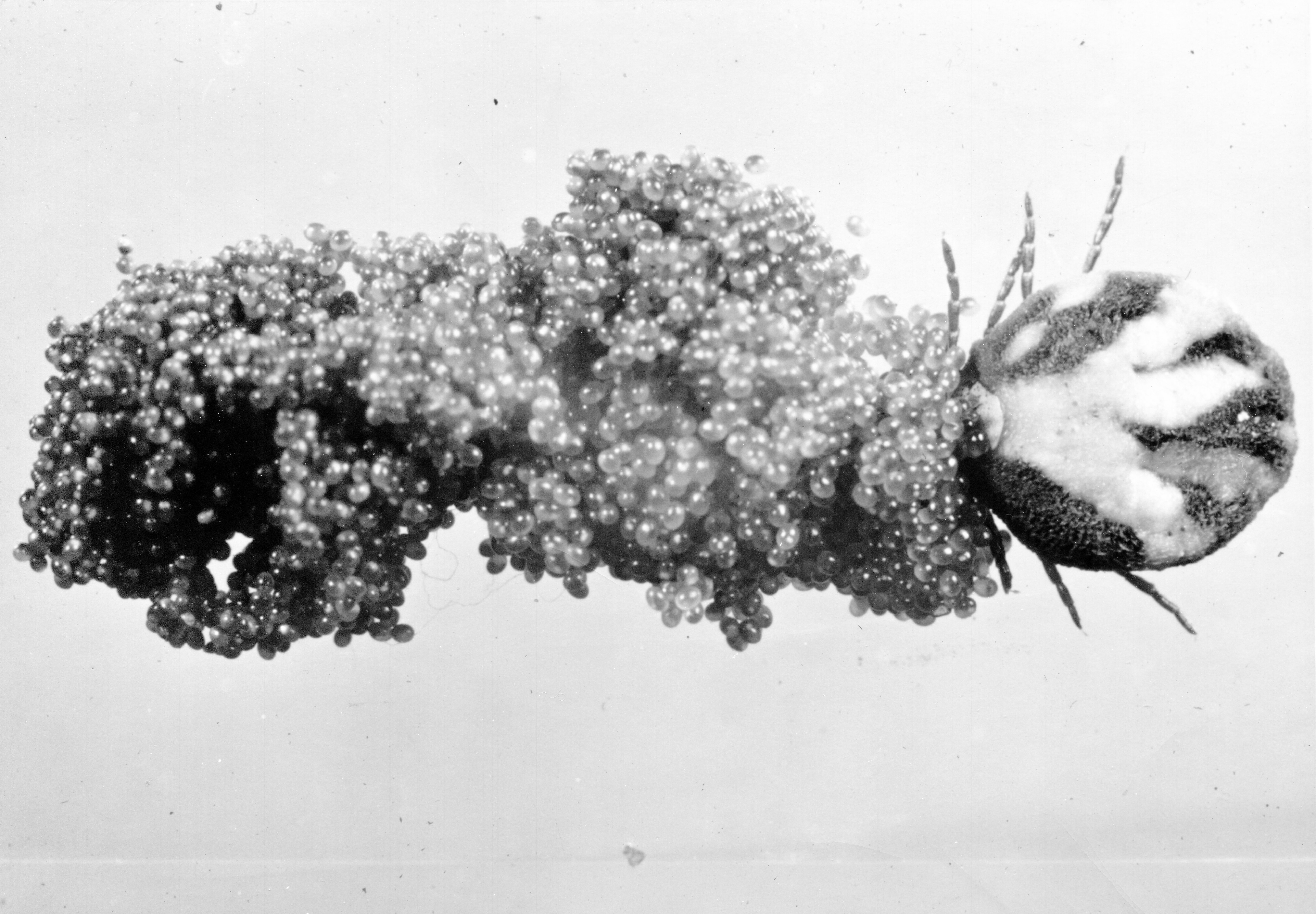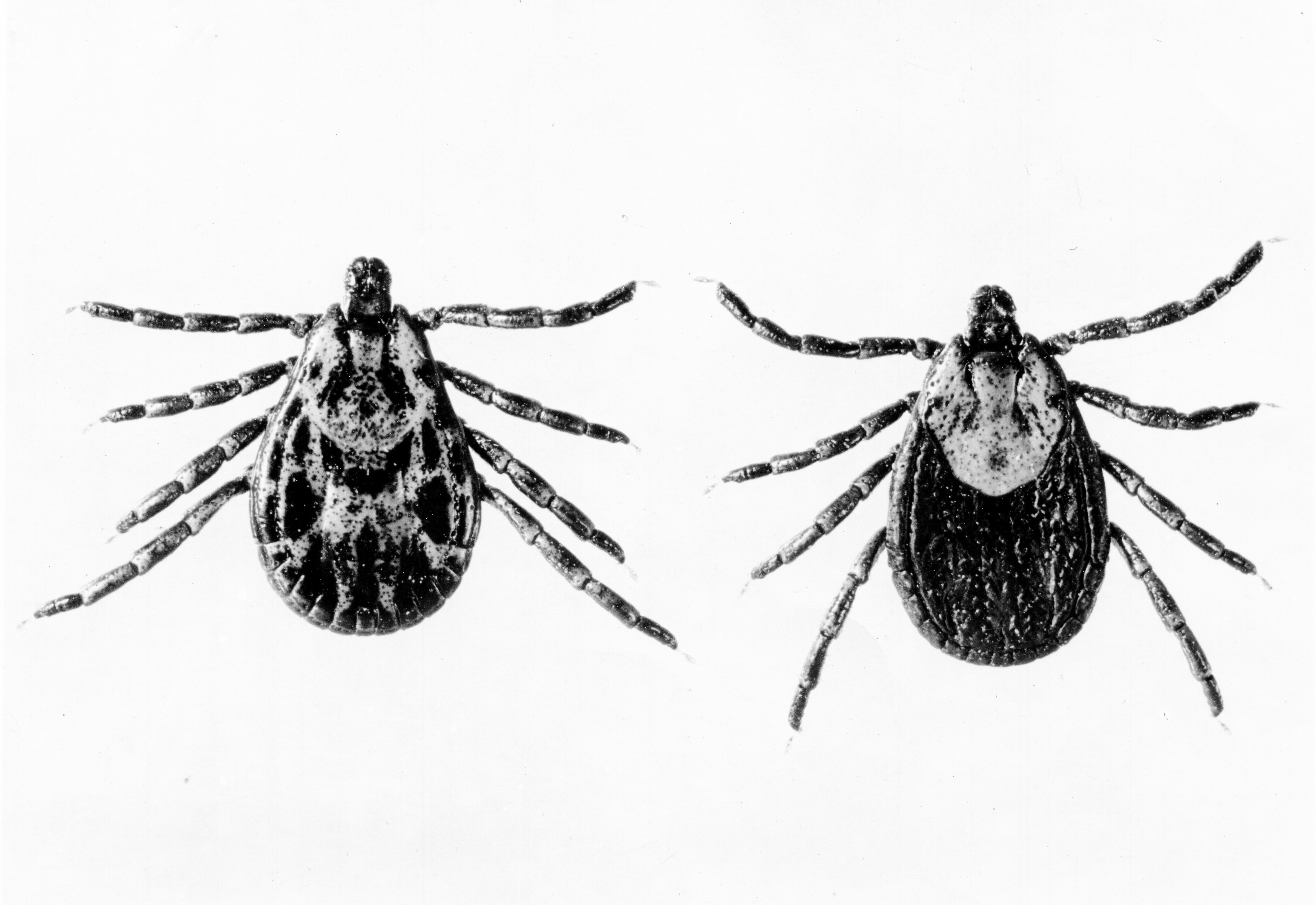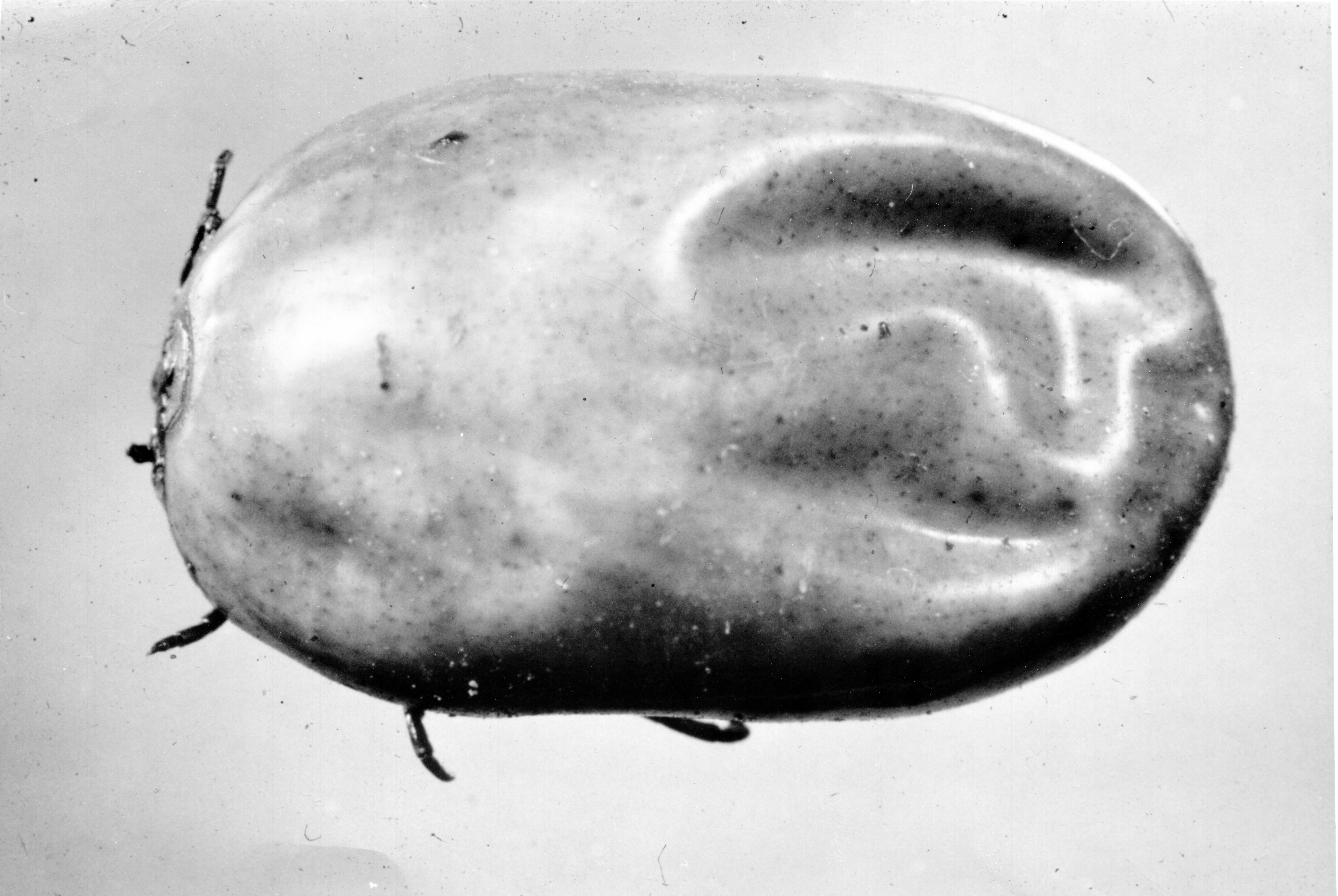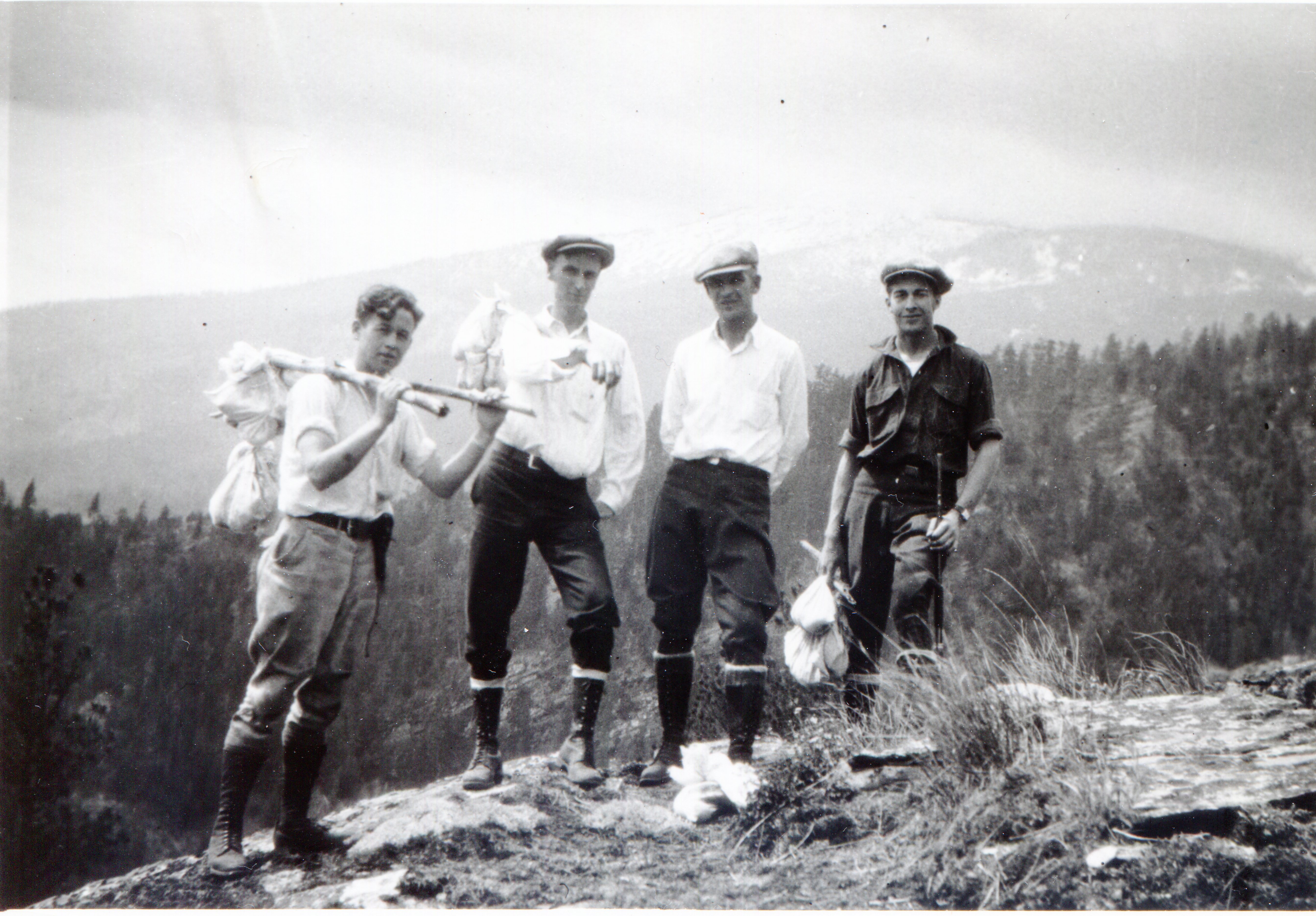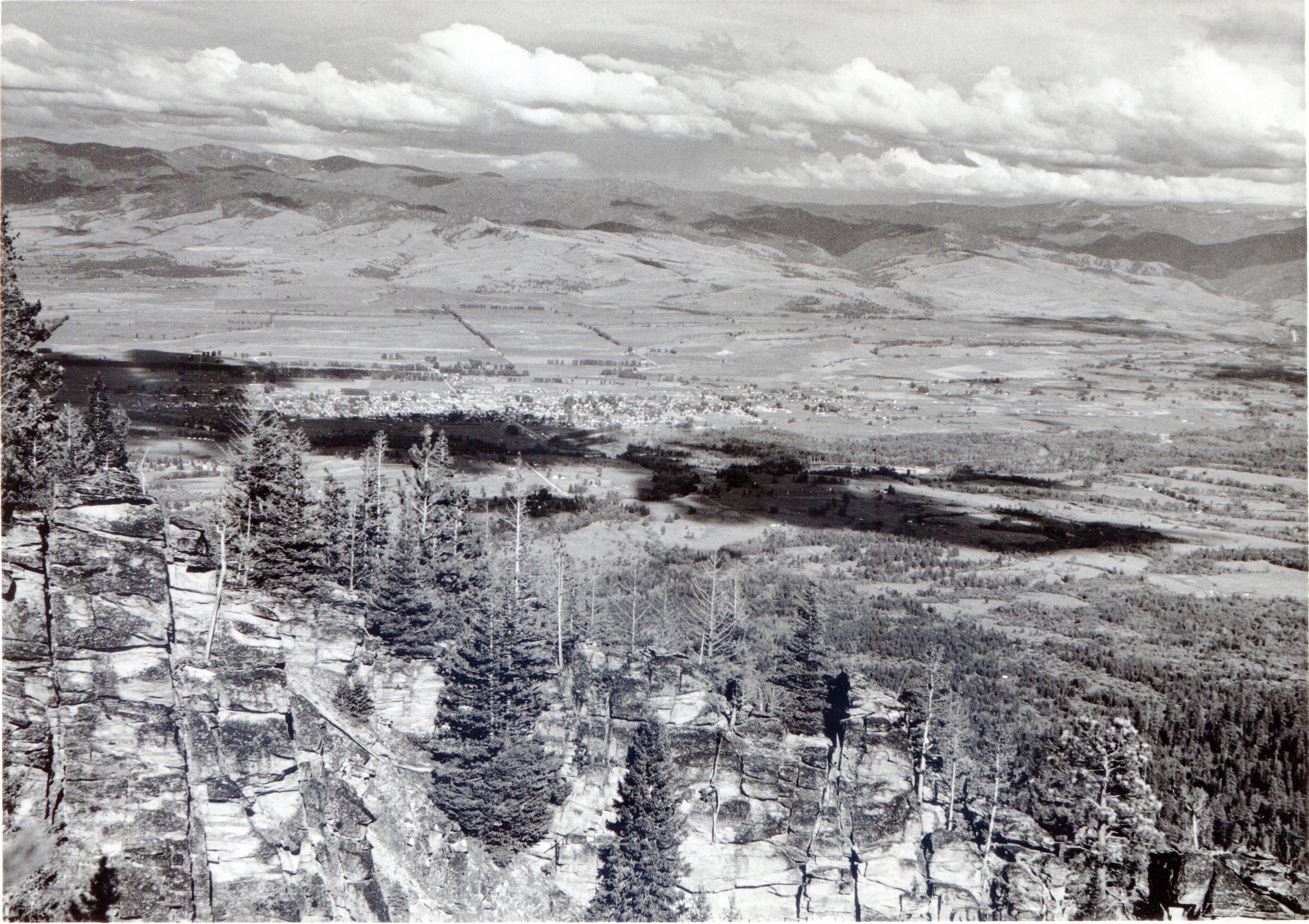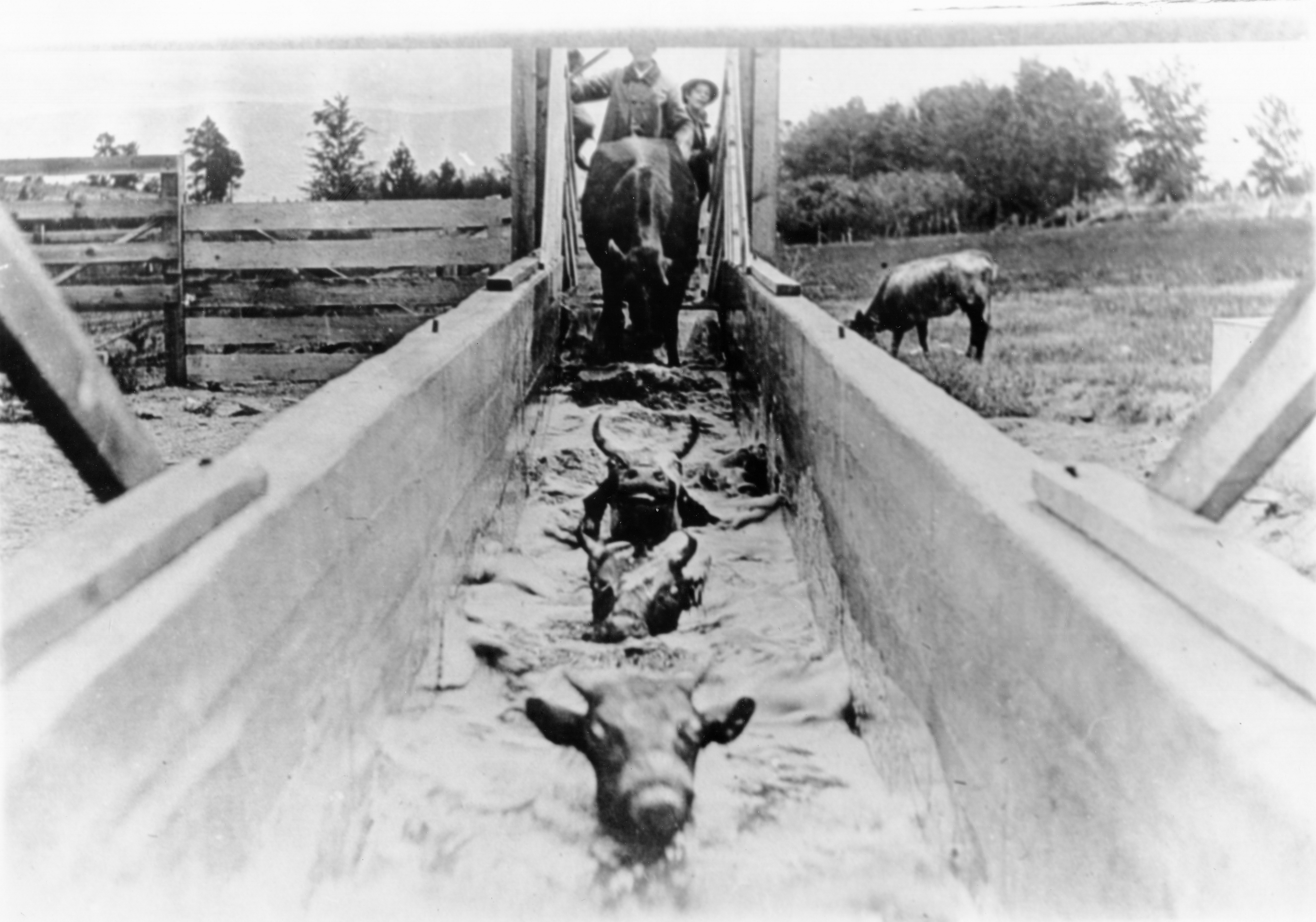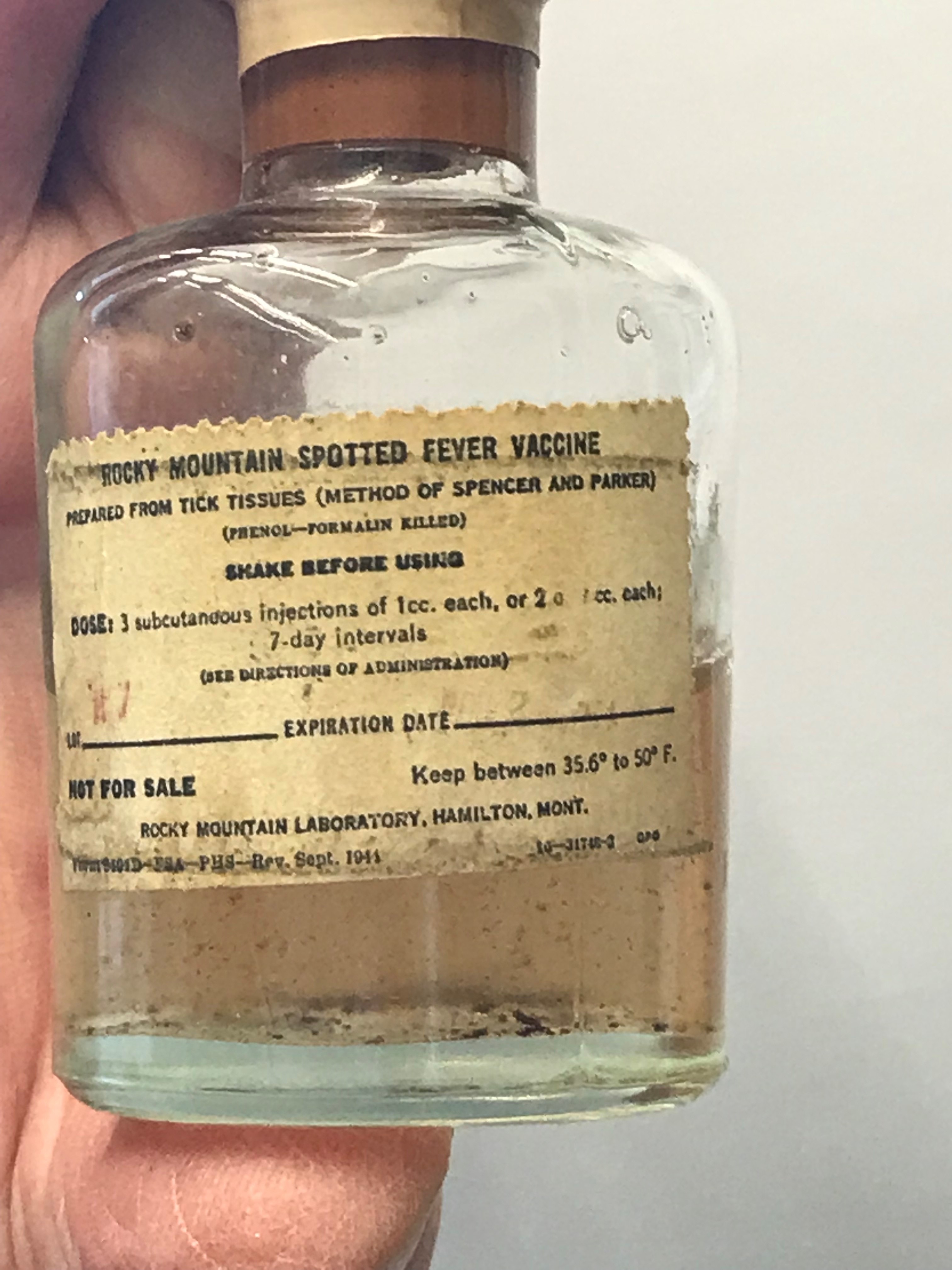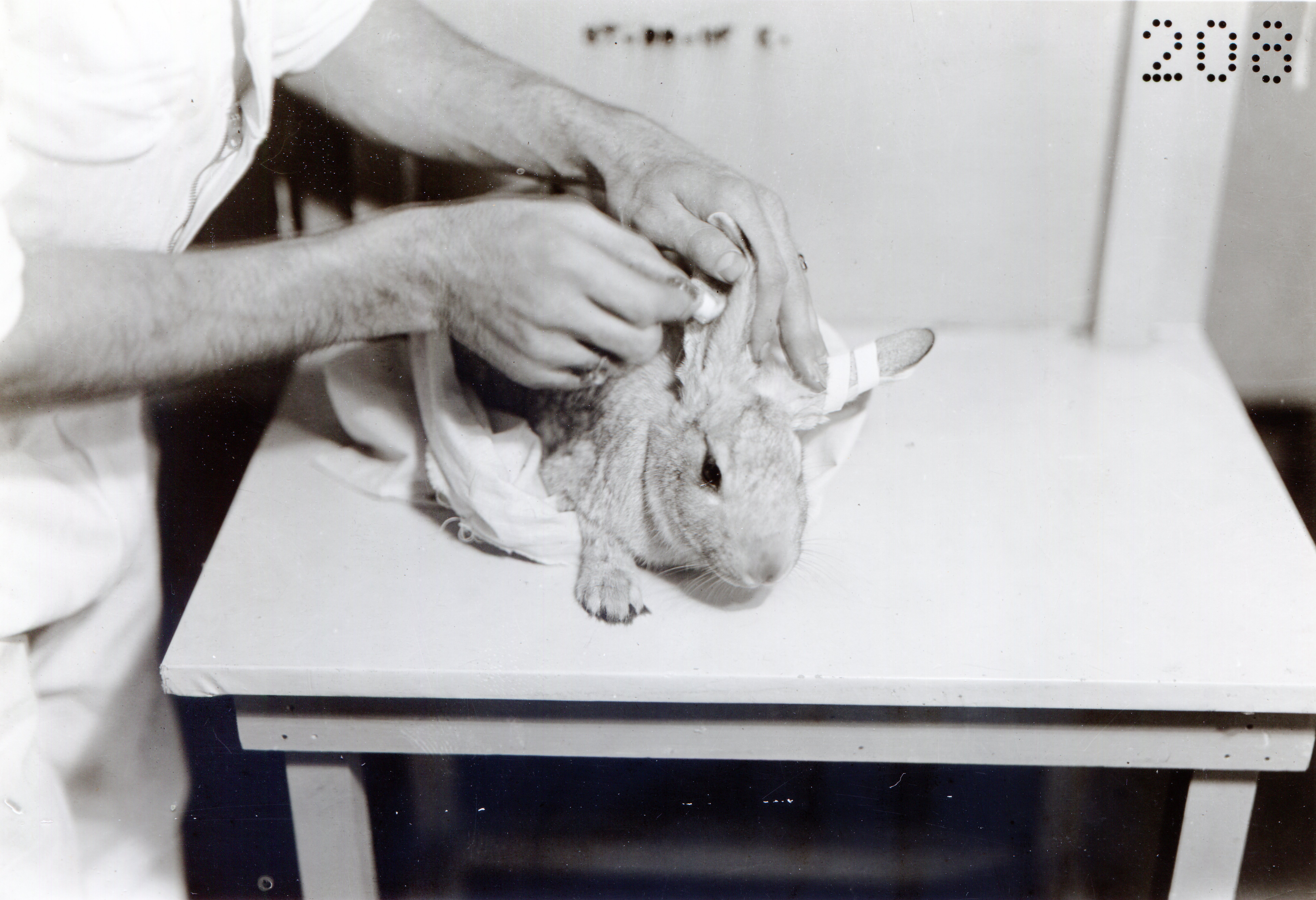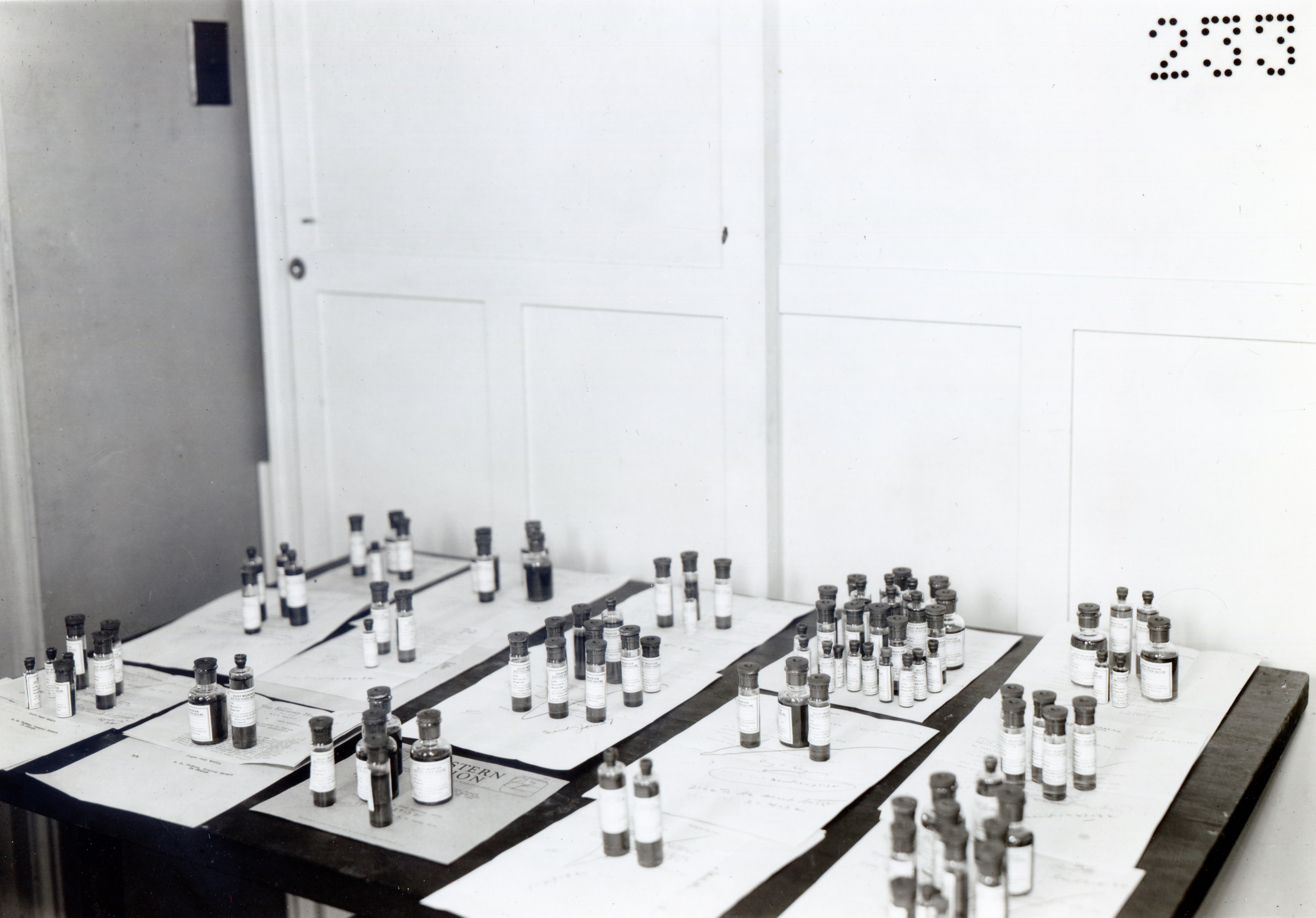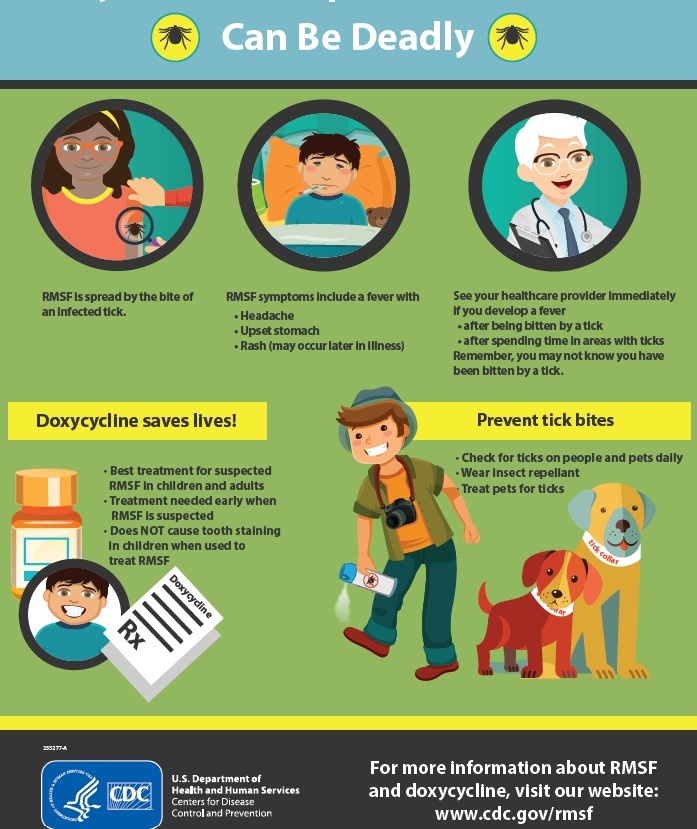...
| Table of Contents | ||||||||
|---|---|---|---|---|---|---|---|---|
|
...
| class | grid-row grid-gap |
|---|
...
| class | grid-col-12 |
|---|
When researching a disease, scientists and physicians ask some pretty basic questions: Is there a disease? What causes it? How do you get it? Can you test for that specific disease? What does it do to you? Can we treat or cure it? Can we prevent you from getting it?
When the Canyon Creek Schoolhouse laboratory opened in 1921 to investigate Rocky Mountain spotted fever (RMSF), only one of these questions had been answered definitively: Is there a disease? Yes, definitely! Other questions had partial answers that had created more questions. Two big unknowns were how to treat or cure RMSF and how to prevent people from getting it in the first place. The mission of the laboratory was to answer as many of these questions as possible.
...
...
What causes RMSF?
...
...
Collecting Ticks
Although it was known that RMSF was caused when the Rickettsia rickettsii bacteria infected a Dermacentor andersoni tick that then bit a human, more questions remained. Was the bacteria spread by other species of ticks? And exactly how did the ticks get infected? To find out where the ticks were picking up the infection and to answer a number of other questions, ticks had to be collected in the wild.
| Div | ||||||||||||||||||||||||
|---|---|---|---|---|---|---|---|---|---|---|---|---|---|---|---|---|---|---|---|---|---|---|---|---|
| ||||||||||||||||||||||||
|
| Div | |||||||||||||||||
|---|---|---|---|---|---|---|---|---|---|---|---|---|---|---|---|---|---|
| |||||||||||||||||
|
How do you get RMSF?
| Div | |||||||||||||||||
|---|---|---|---|---|---|---|---|---|---|---|---|---|---|---|---|---|---|
| |||||||||||||||||
| Div | |||||||||||||||||
| |||||||||||||||||
| |||||||||||||||||
| |||||||||||||||||
| Div | |||||||||||||||||
|
Life cycle of ticks
Studying the life cycle of ticks provided important pieces of the RMSF puzzle. Knowing the life cycle meant that scientists could study questions such as: When did the ticks pick up the bacteria causing RMSF—was it when they were newly hatched? When they were adults? And was the infection passed on to a new generation of ticks through the eggs? The answers to these questions could be used in control efforts and in developing a new vaccine.
| Div | ||||||||||
|---|---|---|---|---|---|---|---|---|---|---|
| a new vaccine.||||||||||
|
| Div | |||||||||||||||||
|---|---|---|---|---|---|---|---|---|---|---|---|---|---|---|---|---|---|
| |||||||||||||||||
|
...
| Div | |||||||||||||||||
|---|---|---|---|---|---|---|---|---|---|---|---|---|---|---|---|---|---|
| |||||||||||||||||
|
How do you know you have RMSF?
| Div | |||||||||||||||||
|---|---|---|---|---|---|---|---|---|---|---|---|---|---|---|---|---|---|
| How do you know you have RMSF?|||||||||||||||||
| |||||||||||||||||
| Div | |||||||||||||||||
| |||||||||||||||||
| Div | |||||||||||||||||
|
Can you prevent getting ill?
The best way to deal with a deadly disease is to not get sick with it. But avoiding a disease can depend on how it’s spread, where you live or what you do for a living, and the possibility for a protective vaccine.
| Div | |||||||||||||||||
|---|---|---|---|---|---|---|---|---|---|---|---|---|---|---|---|---|---|
| |||||||||||||||||
|
Developing a Vaccine
| Div | ||||||||||||||||||||||
|---|---|---|---|---|---|---|---|---|---|---|---|---|---|---|---|---|---|---|---|---|---|---|
| ||||||||||||||||||||||
|
...
| Div | |||||||||||||||||
|---|---|---|---|---|---|---|---|---|---|---|---|---|---|---|---|---|---|
| |||||||||||||||||
| |||||||||||||||||
| Div | |||||||||||||||||
| |||||||||||||||||
| Div | |||||||||||||||||
|
Vaccine Production Steps
In 1925, Drs. Roscoe Spencer and Ralph Parker described their method for creating RMSF vaccine. The method would become more streamlined and automated after they moved into the Building One laboratory in 1928 and got better space and equipment than the Canyon Creek Schoolhouse laboratory could provide. These photos include some taken at Building One after the laboratory moved from the schoolhouse.
| Div | |||||||||||||||||
|---|---|---|---|---|---|---|---|---|---|---|---|---|---|---|---|---|---|
| |||||||||||||||||
|
...
| Div | |||||||||||||||||
|---|---|---|---|---|---|---|---|---|---|---|---|---|---|---|---|---|---|
| |||||||||||||||||
|
Can we treat or cure RMSF?
| Div | ||||||||||
|---|---|---|---|---|---|---|---|---|---|---|
| ||||||||||
| Div | ||||||||||
| ||||||||||
|
...



